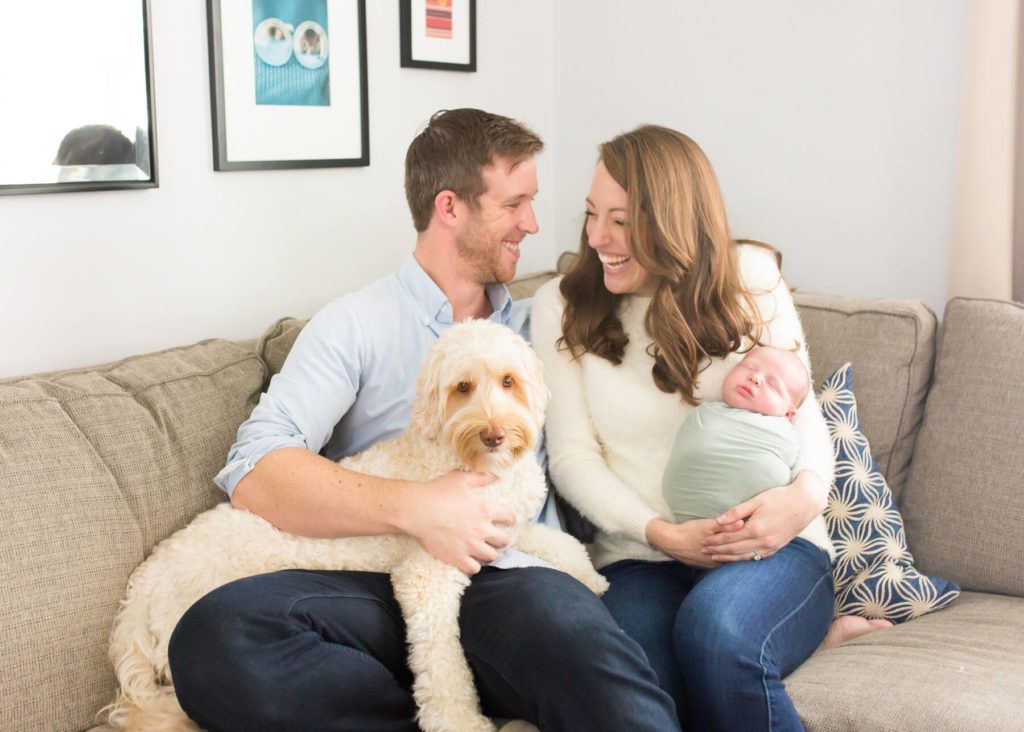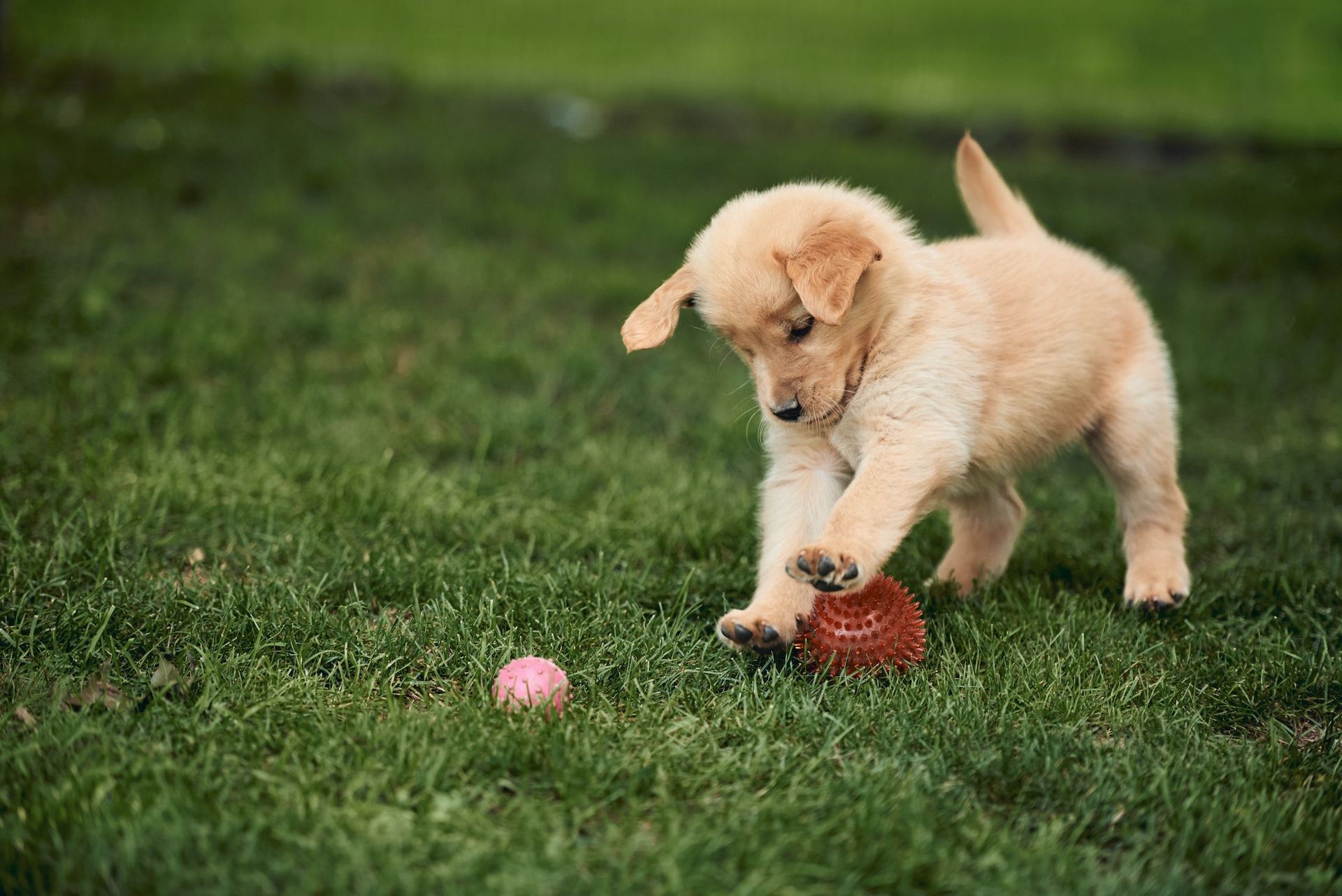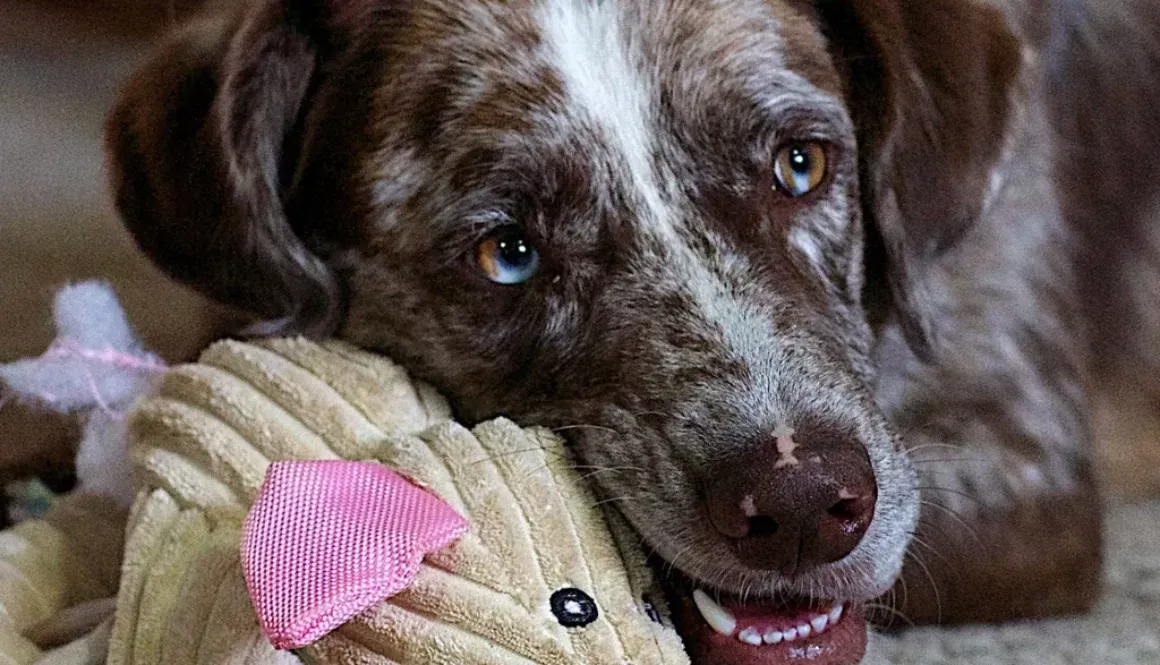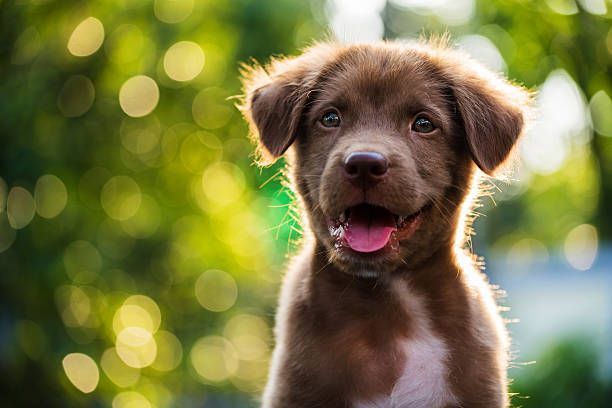Understanding and Managing Separation Anxiety in Dogs
How to Help a Dog with Separation Anxiety
Separation anxiety is a common behavioural issue among dogs, causing stress for both pets and their owners. If your dog exhibits destructive behaviour, excessive barking, or signs of distress when left alone, they may be suffering from separation anxiety. In this blog, we’ll explore the causes, signs, and effective ways to help your dog feel more secure when home alone.
What Causes Separation Anxiety?
Dogs are social animals that form strong bonds with their owners. Several factors can contribute to separation anxiety, including:
- Changes in Routine – A sudden change in work schedule or daily habits can trigger anxiety.
- Past Trauma – Dogs that have experienced abandonment or multiple rehomings are more prone to anxiety.
- Overdependence – If a dog is constantly by your side and not used to being alone, they may struggle with separation.
- Lack of Mental Stimulation – Boredom can increase anxiety when a dog is left alone.
Signs of Separation Anxiety
It’s essential to differentiate between normal behavior and true separation anxiety. Common symptoms include:
- Excessive barking, whining, or howling when left alone
- Destructive behaviour (chewing furniture, scratching doors, or tearing items apart)
- Pacing or restlessness before you leave
- Attempts to escape (digging at doors, breaking out of crates)
- Excessive drooling or panting
- Loss of appetite when alone
1. Gradual Desensitization
- Start by leaving your dog alone for short periods and gradually increase the duration.
- Use positive reinforcement to reward calm behaviour when you return.
- Avoid making departures and arrivals overly emotional.
2. Create a Safe and Comfortable Space
- Provide a cosy area with their favourite bed, toys, and items that smell like you.
- Use a crate if your dog finds it comforting, but ensure they are crate-trained first.
3. Establish a Routine
- Stick to a consistent schedule for feeding, exercise, and alone time.
- Predictability helps reduce anxiety and provides a sense of security.
4. Mental Stimulation and Exercise
- Ensure your dog gets plenty of physical exercise before you leave.
- Use puzzle toys, treat dispensers, or snuffle mats to keep their mind engaged.
- Consider leaving background noise, such as soft music or a TV, to create a calming environment.
5. Counterconditioning Techniques
- Associate alone time with positive experiences by giving your dog a high-value treat or toy they only get when you're away.
- Practice short departures with rewards to build a positive connection to being alone.
6. Try Calming Aids
- Consider pheromone diffusers, calming supplements, or anxiety wraps to ease stress.
- Consult your vet before introducing any new products.
7. Seek Professional Help if Needed
- If your dog's anxiety is severe, a professional dog trainer or behaviourist can provide tailored guidance.
- In extreme cases, medication prescribed by a vet may be necessary to support behaviour modification.
Final Thoughts
Helping a dog overcome separation anxiety takes patience, consistency, and understanding. By implementing these strategies, you can ease your dog’s distress and create a more relaxed environment for both of you.
If you're struggling with your dog's separation anxiety and need professional guidance, I offer personalized training sessions in the Kenley and Caterham area. Get in touch today to help your dog feel more confident and secure when home alone!










